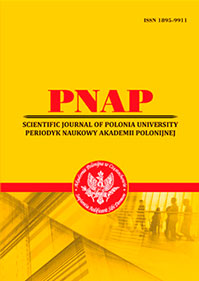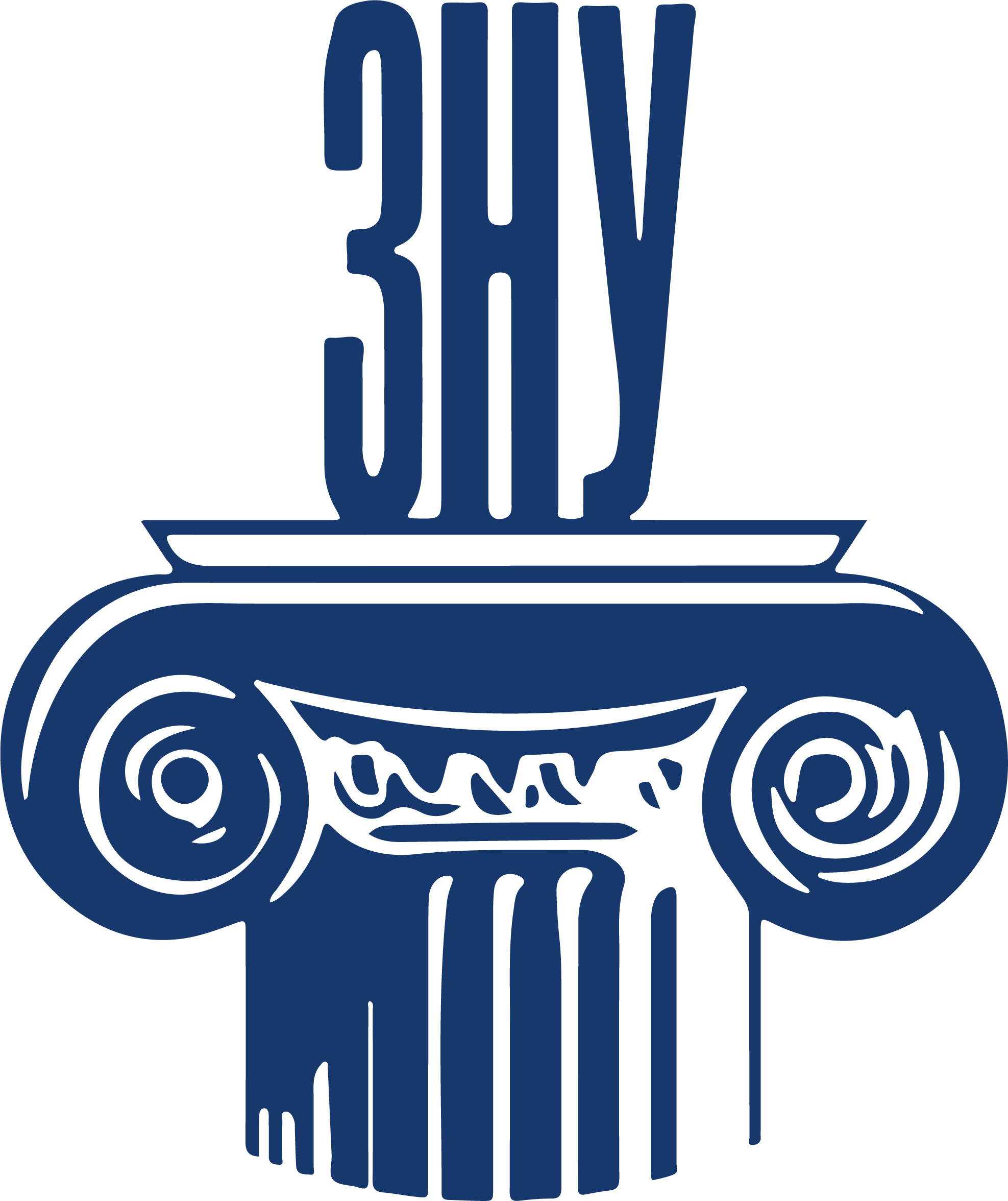POETIC TRANSLATION AS THE FORM OF TEXT INTERPRETATION
Abstract
Poetic translation refers to the most complicated direction of translation, because it requires the transfer of rhythm, riffs and the poetic word itself. A special difficulty in poetic translation is the transfer of form and content, which entails certain “losses”. The translator often has to neglect the form for the sake of transmitting the content. However, there is also a tendency to change the content in order to preserve the shape of the source language text. According to the researchers, the poetic translation conveys the conceptual content, but the so-called emotional color is lost. Therefore, the translator of a poetic work faces the task of creating a translation that will also be able to convey the mood of the source language text, and this is of a certain difficulty, since it is necessary to preserve both the content and the form of the original text. Another task the translator of a poetic work faces with is to find the lexical equivalent. It is necessary to take into consideration the difference in the semantic volume of words belonging to different languages. Thus, poetic translation is a reproduction of the metric form combined with the correct words. Words and phrases of the translation text must be distributed in such a way as to match the source language text in order to preserve the separation and connection established by the original. When replacing the original text with the language of translation text, it is important to save a certain invariant in order to determine the degree of equivalence of the text for translation. The text of the poetic work that belongs to the target language is different from the original due to the usage of the translator’s interpretation, as well as the ethno-cultural specifics of the translator himself. In a poetic work the author's individual picture of the world receives a reflected character in the target language text; it is more subjective and bears the features of the linguistic and ethno-cultural personality of its creator. So, we can talk about the presence of an emphasis on figurative expression. At the same time, the translation text contains a tendency to use expressive means and stylistic devices, as well as translation replacements. Thus, in order to create a high-quality poetic translation, the conceptual analysis of transformations appearing while translating a poetic work from one language into another is used.
References
2. Бархударов Л.С. Некоторые проблемы перевода английской поэзии. Тетради переводчика. Москва : Высшая школа, 1984. Вып. 21. С. 108–114.
3. Вагапова Л.Л. Прагматический аспект перевода. Москва : Самиздат, 2008. 74 с.
4. Виноградов В.С. Введение в переводоведение (общие и лексические вопросы). Москва : Издательство института общего среднего образования РАО, 2001. 224 с.
5. Войнич И.В. Стратегии лингвокультурной адаптации художественного текста при переводе : автореф. дис. … канд. филол. наук. Пермь, 2010. 19 с.
6. Есаянц М. Коммуникативно-прагматическая интенция переводчика в плане проблемы понимания художественного текста. Москва : Научный вестник, 2007. Т. 6. С. 23–27.
7. Комиссаров В.Н. Лингвистика перевода. Москва : ЛКИ, 2007. 108 с.
8. Комиссаров В.Н. Современное переводоведение : учебное пособие. Москва : ЭТС, 2004. 165 с.
9. Корунець І.В. Теорія та практика перекладу: Аспектний переклад. Вінниця : Нова Книга, 2005. 369 с.
10. Мукаржовский Я. Структуральная поэтика. Москва : Школа «Языки русской культуры», 1996. 480 с.
 ISSN
ISSN 


.png)



